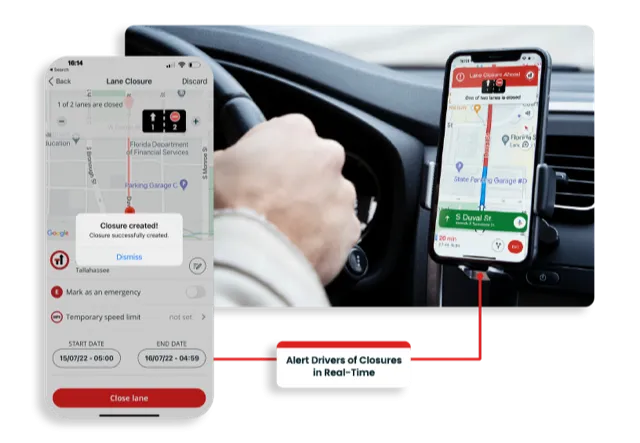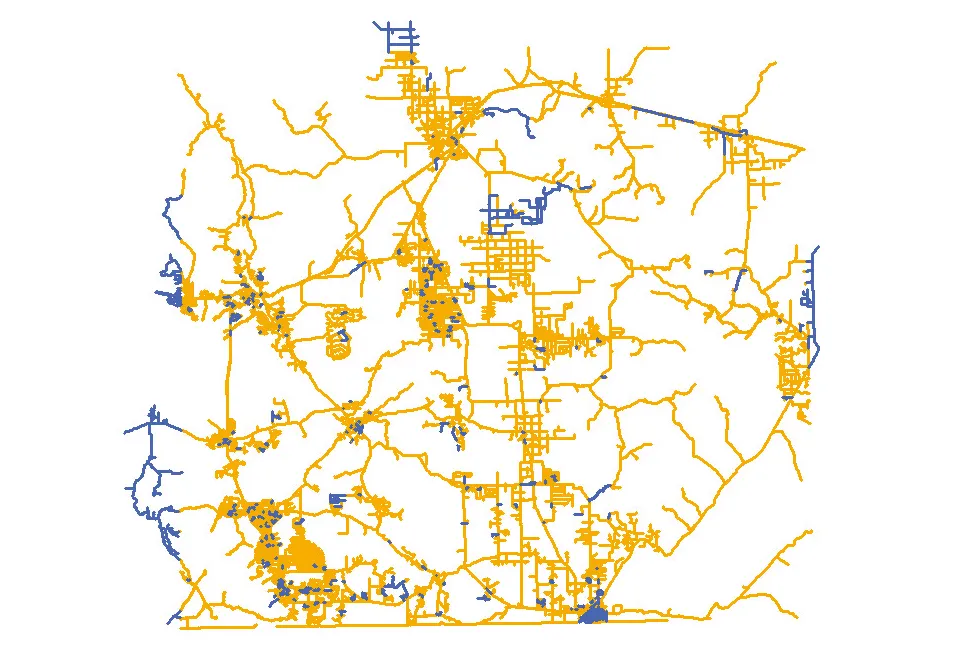A new book is available that is said to offer insight into green road design and construction. Called the Handbook of Road Ecology, this publication is the result of over three years of work involving collaboration of over 100 of the world’s leading road ecology experts from 25 countries.
Dr Rodney van der Ree, Associate Professor, deputy director, Australian Research Centre for Urban Ecology, University of Melbourne, Australia, was the lead editor, and instrumental in making the handbook a reality. The
June 30, 2015
Read time: 2 mins
A new book is available that is said to offer insight into green road design and construction. Called the Handbook of Road Ecology, this publication is the result of over three years of work involving collaboration of over 100 of the world’s leading road ecology experts from 25 countries.
Dr Rodney van der Ree, Associate Professor, deputy director, Australian Research Centre for Urban Ecology, University of Melbourne, Australia, was the lead editor, and instrumental in making the handbook a reality. The handbook is said to be an authoritative work with over 550 pages and 62 chapters covering highway projects, from planning, approval, funding, design, construction, and maintenance. The chapters are intended as stand-alone documents. The publication includes cross-referencing to ensure that information and best-practice case studies complement each other without repetition.
The handbook claims to provide practical and innovative advice and solutions for government transportation agencies, government environmental and conservation agencies, NGOs, and road funding and donor organisations. As road ecology is becoming an increasingly important throughout the world, a number of copies of the handbook are being made available, free of charge, to road ecologists in developing countries.
Dr Rodney van der Ree, Associate Professor, deputy director, Australian Research Centre for Urban Ecology, University of Melbourne, Australia, was the lead editor, and instrumental in making the handbook a reality. The handbook is said to be an authoritative work with over 550 pages and 62 chapters covering highway projects, from planning, approval, funding, design, construction, and maintenance. The chapters are intended as stand-alone documents. The publication includes cross-referencing to ensure that information and best-practice case studies complement each other without repetition.
The handbook claims to provide practical and innovative advice and solutions for government transportation agencies, government environmental and conservation agencies, NGOs, and road funding and donor organisations. As road ecology is becoming an increasingly important throughout the world, a number of copies of the handbook are being made available, free of charge, to road ecologists in developing countries.









